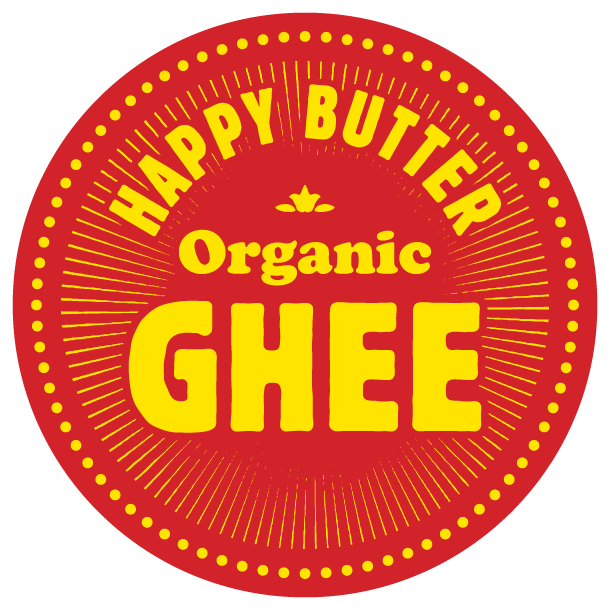When Should You Use Ghee Instead Of Butter When Cooking?
Whilst a lot of cooking oils can technically be used interchangeably, there is a fundamental difference between olive oil, butter and organic ghee that can be tasted by a discerning palate.
As a form of clarified butter, ghee is similar in many respects to butter, although given that it is far denser, the flavours and aromas found with ghee are quite different and set it apart from almost anything else.
Some people like to use ghee for almost any type of cuisine, and it is versatile enough as a cooking fat for the transition to be easily made, but there are some specific aspects of the browned, clarified butter that make it preferable to comparable oils.
The biggest practical difference is that it has a higher smoke point than butter, which is the temperature at which the cooking oils start to smoke and you get a bitter burned aftertaste developing.
Butter has an average smoke point of around 175 degrees Celsius, which is significantly lower than the smoke point of ghee (250 degrees Celsius).
This means that ghee is far less likely to burn in a pan and is part of the reason why it has historically been used so often for high-heat dishes such as, rather ironically, butter chicken.
As well as this, ghee’s nutty aftertaste lends itself well to certain types of dishes, particularly ones which have a diverse aromatic and flavour profile. Indian cuisine, in particular, relies heavily on the distinct flavours that come with ghee.
Whilst it can often be used interchangeably with butter, there are some recipes which rely on the milk solids that are often removed from ghee as part of the production process.
For example, if you need caramelised butter, are making buttercream or are making a dish which calls for a mix of butter and sugar, the different fat composition could lead to very different results, so it is important to experiment first before undertaking a like-for-like swap.
